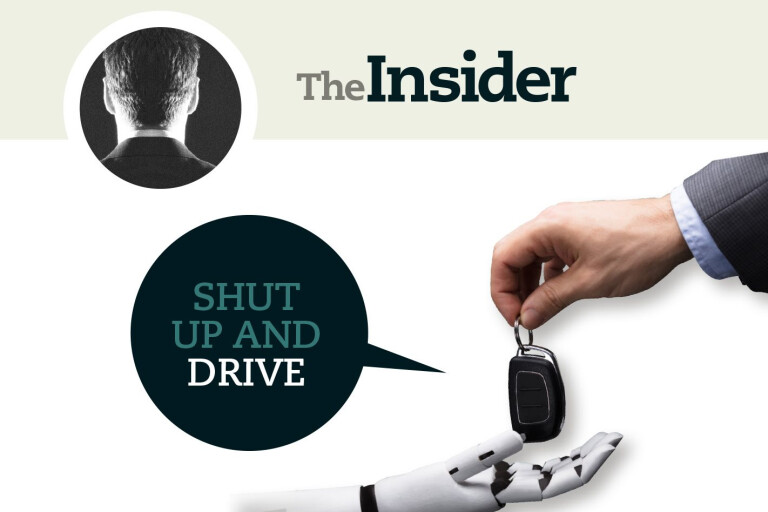
There was speculation as to how the guilty party had managed to spoof Autopilot’s requirement to prove attention through steering wheel input – I’m imagining a finely balanced beer can – and the usual wave of outrage from the professionally offended. But I bet the first reaction of a significant number of those reading the story was similar to mine: this guy was clearly a pioneer, somebody determined to arrive at the future a bit early.
Although Autopilot is an enhanced cruise control system rather than one that offers true autonomy, it handled the situation coolly and calmly. It kept the Tesla within its lane and safely negotiated other highway users. When the chasing police interceptor realised the miscreant was sleeping too deeply to be woken by sirens or blue lights, another cruiser was sent ahead of the Model S to slow it down, bringing the chase to a drama-free conclusion. All in, it was undoubtedly much less risky than if the sloshed pilot had been doing things himself.
But here’s another thought: isn’t this what we’ve been promised? Carlos Ghosn committed Nissan to its own high-level autonomy project by claiming it would act to liberate those incapable of operating a car by themselves. “You’ll be able to drive no matter what your handicap, no matter what your impairment is,” he promised in 2016. It doesn’t get much more impaired than a 0.3 BAC. Ghosn has gone, in what seems to be a neatly orchestrated palace coup, but Nissan is still pushing ahead with his dream of truly self-driving cars.
The problem is the wait. Piloted driving might feel like autonomy, but it definitely isn’t. The insistence of carmakers that drivers still need to pay full attention as their cars operate themselves in no-stress situations seems deeply disingenuous. Here’s a labour-saving device that, apart from sparing the need to turn a steering wheel, doesn’t stop a driver from being fully responsible for everything the car is doing.
It’s like being a supervisor monitoring every move made by one worker. Small wonder users have been trying to spoof the attention monitoring sentinels with steering wheel weights and the like. While we will have to wait several more years for true hands-off and eyes-off autonomy, it seems that brain-off is already here.
But carmakers are also rushing to introduce ever more technology that is seemingly aimed at reassuring the timid and spatially unaware. BMW’s new auto-reverse assistant is a neat trick, the car backing down the exact same route it took to get out of tight spots, but it does question the assumption that anybody buying something as potent as an 8 Series or an X5 should be able to manoeuvre it safely at low speeds.
Ditto the battery of lane-keeping and traffic detection systems that top-end cars increasingly ship with, many offering far more widespread intervention than the last resort safety net of AEB and effectively extending the grey area between you being in charge and the car taking control.
Once you’ve experienced the cross-traffic alert’s refusal to let you pull into the path of anything else, are you really going to check as thoroughly next time?

COMMENTS